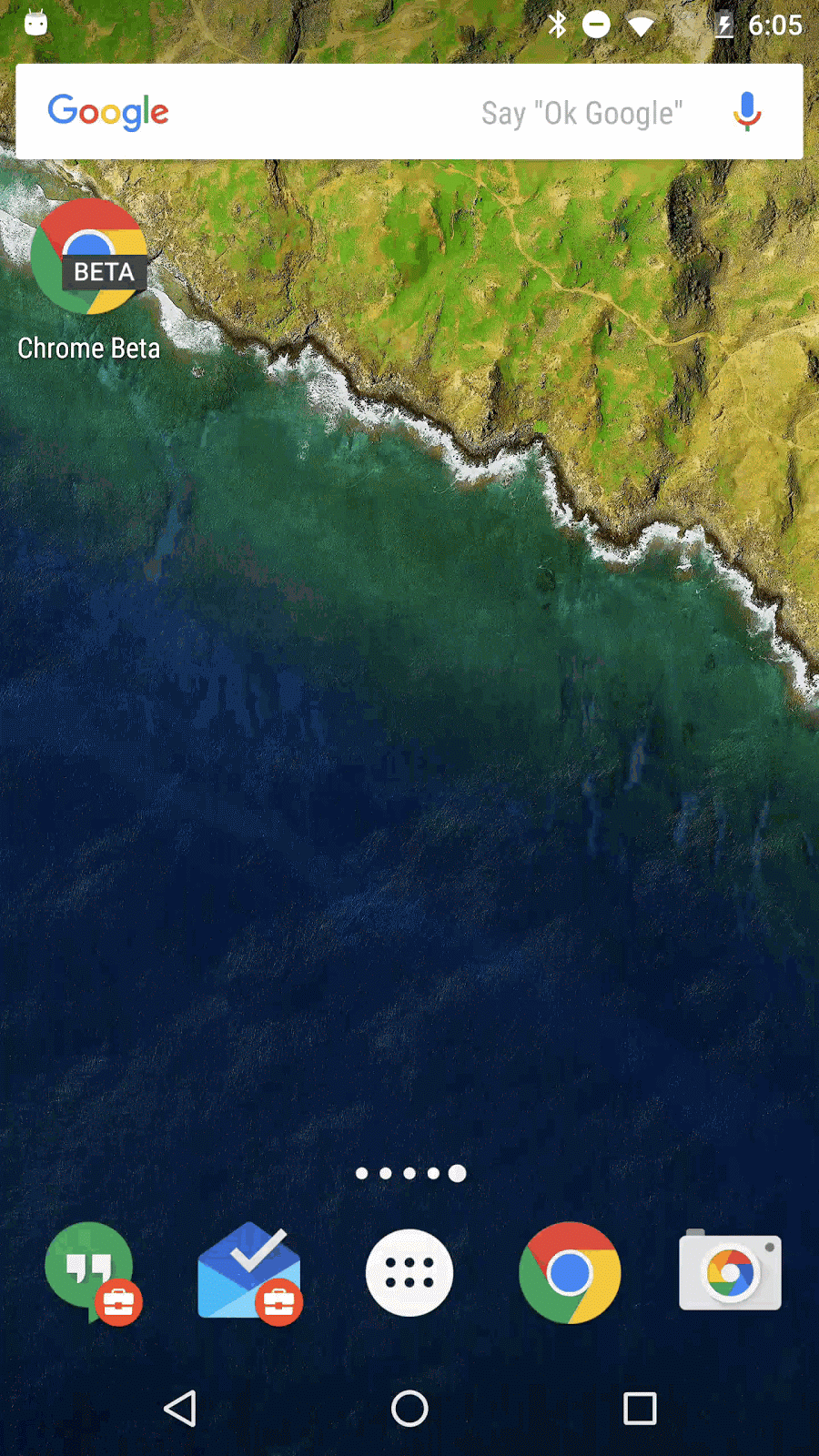
Chrome for Android can now talk to physical objects in the real world
Chrome for Android can now talk to physical objects in the real world
Google’s Physical Web allows phones to connect with devices around them, like bus stops or parking meters, and receive information directly without using another app.
The feature has been in testing with iOS devices since last summer and now Google is rolling it out to its Android users as well. It is being rolled out to Chrome 49 first, which is still in beta, but Google says it will be available more widely soon.

When you approach a beacon for the first time, you’ll receive a notification with the option to turn on the ‘Physical Web,’ as Google calls it. If you choose to do so, you’ll automatically receive information from beacons you encounter in the future as well.
The beacons can be anything, it’s a similar idea to using QR codes in tourist areas to give people directions and historical facts but it removes the need to search or scan.
They aren’t just for outdoor use either, which makes them quite useful for things like conferences or just large buildings, such as shopping centres and universities. Google says it had more than 1,500 beacons in place at CESthis year helping people to navigate the expo.
So while the technology is potentially very useful, Google’s challenge will be to make it something people can rely on in everyday life.
➤ The Physical Web expands to Chrome for Android [Google Chromium Blog]
